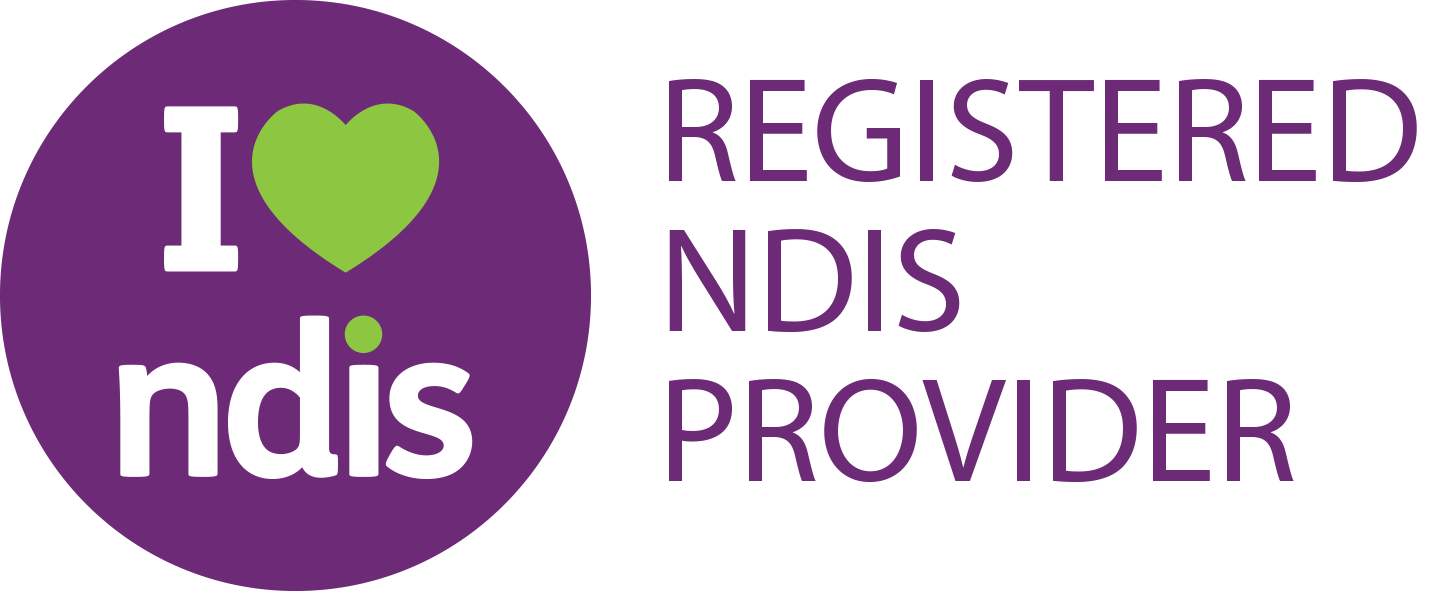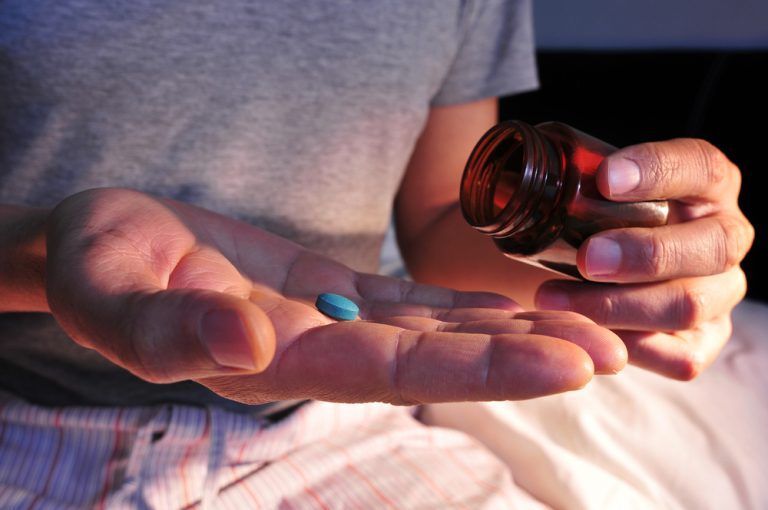Understanding PTSD: Symptoms, Causes, and Treatment
Advance Minds Blog
A safe space to explore subjects within the community such as mental health, substance abuse and personal identity.
Our safe space also provides the opportunity for real individuals to express their hardships and success through writing.
Understanding PTSD: Symptoms, Causes, and Treatment

Understanding PTSD: Symptoms, Causes, and Treatment
Post-Traumatic Stress Disorder (PTSD) is a mental health condition that can develop after experiencing or witnessing a traumatic event. PTSD impacts emotions, mental well-being, and physical health, making it challenging for individuals to live their daily lives. Knowing the symptoms and treatment options for PTSD can help you or someone you care about manage it effectively.
1. What Is PTSD?
- Definition: PTSD is a mental health disorder that may occur after experiencing or witnessing life-threatening or deeply distressing events, such as assault, accidents, natural disasters, or military combat.
- Prevalence: It affects people of all ages and backgrounds, though some groups, like veterans or trauma survivors, have higher rates.
- Symptoms lasting: For a diagnosis, symptoms must persist for at least a month and interfere significantly with daily functioning.
2. Symptoms of PTSD
PTSD symptoms are generally grouped into four categories:
- Intrusive memories: Flashbacks, nightmares, or distressing memories of the trauma that feel uncontrollable.
- Avoidance: Avoiding people, places, or situations that remind you of the traumatic event, which can lead to social isolation.
- Negative changes in thoughts and mood: Feelings of guilt, shame, or detachment from loved ones; negative beliefs about oneself or the world.
- Heightened reactivity (hyperarousal): Being easily startled, feeling constantly on edge, irritability, or difficulty sleeping and concentrating.
3. What Causes PTSD?
- Exposure to traumatic events: Experiences like physical or sexual assault, abuse, combat, serious accidents, or disasters.
- Witnessing trauma: Observing a traumatic event happen to someone else, especially if it’s someone close.
- Cumulative trauma: Prolonged exposure to stress or trauma, as seen in abusive situations or ongoing conflict.
- Personal factors: People with a history of mental health conditions, or lacking strong social support, may be at a higher risk.
4. Risk Factors for PTSD
- Severity and duration of trauma: Intense or long-lasting traumatic experiences increase the likelihood of PTSD.
- Lack of social support: Isolation or lack of understanding and support from loved ones can worsen PTSD symptoms.
- Co-occurring conditions: Depression, anxiety, or substance use disorders may intensify PTSD or make recovery more challenging.
- Biological factors: Genetic predisposition and brain chemistry may contribute to a person's vulnerability to PTSD.
5. Effects of PTSD on Daily Life
- Work and productivity: Difficulty concentrating or engaging in daily tasks due to distressing symptoms.
- Relationships: Avoidance and negative thoughts can lead to detachment, making it hard to maintain connections with others.
- Physical health: Increased stress can lead to headaches, digestive issues, and an increased risk of heart disease.
- Self-esteem: Many people with PTSD struggle with self-worth, guilt, or shame, particularly if the trauma involved personal or physical harm.
6. Diagnosing PTSD
- Professional evaluation: Mental health professionals use clinical interviews and standardized assessments to diagnose PTSD.
- Criteria: Symptoms must cause significant distress and last for at least one month.
- Rule out other conditions: It’s crucial to differentiate PTSD from other conditions like anxiety, depression, or panic disorders.
7. Effective Treatments for PTSD
- Therapy: Various therapies help individuals process trauma and learn coping strategies.
- Cognitive Behavioral Therapy (CBT): Focuses on changing negative thoughts and reactions related to the trauma.
- Exposure Therapy: Involves gradual exposure to trauma-related memories in a controlled environment to reduce sensitivity.
- Eye Movement Desensitization and Reprocessing (EMDR): Uses guided eye movements to help reprocess traumatic memories and reduce their intensity.
- Group therapy: Allows individuals to connect with others who understand their experiences and support each other’s healing journey.
- Medication: Certain medications, such as antidepressants (SSRIs and SNRIs), can help reduce anxiety, depression, and irritability.
- Mindfulness and relaxation techniques: Meditation, deep breathing, and yoga can help reduce PTSD symptoms by promoting relaxation and mindfulness.
- Lifestyle changes: Exercise, healthy eating, and adequate sleep can help manage stress and improve mental and physical resilience.
8. Coping Strategies for Living with PTSD
- Establish a routine: Consistent routines provide a sense of stability and predictability, which can ease PTSD symptoms.
- Use grounding techniques: Grounding exercises, like focusing on the present moment, can help manage flashbacks or intrusive thoughts.
- Limit exposure to triggers when possible: Avoiding triggering places or people, especially in the early stages of treatment, can help prevent symptom flare-ups.
- Engage in creative expression: Art, journaling, and music therapy provide emotional outlets and a way to process feelings.
- Stay physically active: Regular physical activity reduces stress and improves mood, making it easier to manage PTSD symptoms.
9. Supporting Loved Ones with PTSD
- Educate yourself about PTSD: Understanding the condition can help you offer better support and avoid common misunderstandings.
- Listen without judgment: Let them share their experiences at their own pace without pressing for details or expressing shock.
- Respect boundaries: Avoid pushing them to talk about the trauma if they’re not ready, and be mindful of potential triggers.
- Encourage treatment and self-care: Gently suggest seeking professional help or self-care activities that might make them feel better.
- Offer practical help: Help with daily tasks, attend appointments with them, or assist with finding resources and support.
10. Recovery and Long-Term Management of PTSD
- Commitment to treatment: Consistent therapy sessions and coping strategies over time can significantly reduce PTSD symptoms.
- Building a support network: Having family, friends, or a support group can provide valuable encouragement and stability.
- Practice self-compassion: Recovery from PTSD takes time, so be patient and gentle with yourself as you heal.
- Set realistic goals: Take small steps toward goals to build confidence and regain control over aspects of life affected by PTSD.
- Celebrate progress: Recognize each step forward, no matter how small. Progress in managing PTSD is a significant achievement.
Final Thoughts:
While PTSD can feel overwhelming, recovery is achievable with the right treatment and support. Managing PTSD involves understanding the symptoms, engaging in therapy, and practicing self-care. Support from loved ones and professional guidance play a crucial role in the healing journey. If you or someone you know is struggling with PTSD, reach out for help—recovery is possible, and there’s hope for a healthier, more fulfilling life.
















